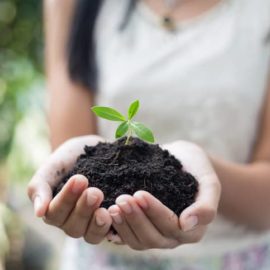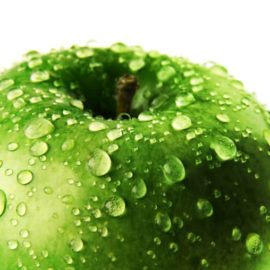One of the emerging buzzwords in the beauty and health industries are adaptogens. But before we continue exploring their future impact on the beauty industry, a short introduction is due. Adaptogens are non-toxic plant-based substances known to help the body adapt to stressors of all kinds – physical, chemical or biological – which, as a result, stabilizes our physiological processes and promotes homeostasis in our cells. These roots and herbs have been used for centuries in traditional Chinese and Ayurvedic healing practices, for instance, the herb ashwagandha in Ayurveda is an adaptogen.
However, the concept of adaptogens was originally established by N. V. Lazarev in 1947 to refer to a substance that was claimed to increase non-specific resistance to adverse influences like stress. The term stress is used here in the classic sense, as defined by Hans Selye, as a state of threatened homeostasis (‘Reflection Paper on the Adaptogenic Concept’, European Medicines Agency, Committee on Herbal Medicinal Products, 8 May 2008). This concept was later applied in the former Soviet Union to describe treatments that were thought to increase the resistance of organisms to biological stress.
Adaptogens used in food and drink include maca, moringa, holy basil, ashwagandha, Rhodiola Rosea and amla (Indian gooseberry), as well as certain medicinal mushrooms, for example, Chaga, reishi, and cordyceps. Ayurvedic herbs are commonly used in adaptogenic beauty products, and that they are also the source of many of Provital’s extracts, such as turmeric extract, ginseng extract, amla extract, and products like the Kerascalp, which comes from amla.
Content
Ashwagandha Ayurveda
Ayurveda is considered by many to be the oldest healing science in the world – it originated in India more than 5,000 years ago. Ayurveda is all about prevention, and so it encourages the maintenance of health through attention to balance in life, which includes proper thinking, eating habits, lifestyle and the use of herbs.
One of them is ashwagandha, an Ayurvedic herb whose root and berry have been used to make medicine for generations. Ashwagandha Ayurveda has a lot of uses; some people use it for improving their mental abilities, decreasing pain, swelling and inflammation. It can also be applied to the skin for treating wounds and backache and it’s also used to prevent the effects of aging. In Ayurvedic, Indian, and Unani medicine, ashwagandha is known as ‘Indian ginseng’, and it’s also used in traditional African medicine for a wide variety of ailments.
The adaptogen renaissance
Although there is no widely accepted definition for what adaptogens are, and the concept still requires additional clinical and preclinical research, adaptogens like ashwagandha and other Ayurveda herbs are coming out of the shadow and experiencing a revival.
Although a recent study shows that of all beauty and personal care product launches in the period between July 2015 and June 2019 only a minuscule 0.02% contain adaptogen ingredients, and these trade largely on these ingredients’ reputation for wellness or stress relief benefits in food and drink, we can expect to see them appearing in more and more beauty product launches with promise of protecting the skin against environmental stressors, as well as anti-aging features which are mentioned in 70% of adaptogen beauty products.
This is due to the simple, but undeniable fact that consumers are being increasingly interested in alternative and natural beauty and personal care products that improve their health and wellbeing.
No comments yet
There are no comments on this post yet.





Leave a comment